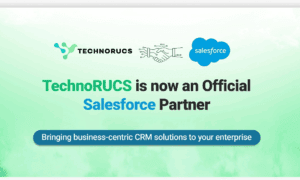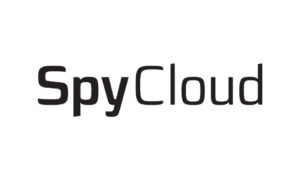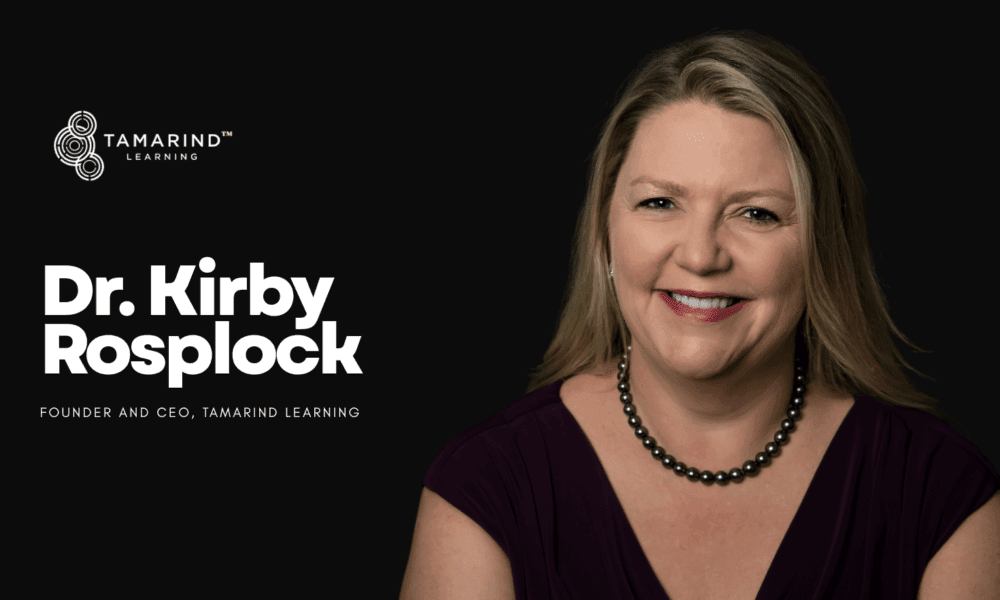In enterprise software and healthcare, the lines between product execution and business strategy are blurring. Building strong internal tools, scalable platforms, and user-centered workflows is no longer just about operational efficiency—it directly shapes a company’s fundraising readiness and long-term market viability. Investors and hospital administrators alike are demanding products that can scale seamlessly while also proving their revenue impact.
Alessa Cross has spent her career at this crossroads, spanning roles in healthcare technology and enterprise SaaS. A member of South Park Commons, she is part of a community known for incubating some of the most forward-thinking ideas in technology. Her perspectives, shared in her Hackernoon article Designing Scalable Internal Tools: Lessons From the Frontlines of Ops Engineering, highlight the ways internal software can shift from cost centers to growth multipliers.
AI in Revenue Cycle Management: A New Frontier in Healthcare
Revenue cycle management (RCM) has long been a pain point for hospitals. Legacy, manual systems have left administrators drowning in paperwork, facing weeks-long onboarding timelines, and waiting months for reimbursements. In response, the industry is rapidly adopting AI-driven platforms that automate claims processing, accelerate onboarding, and reduce billing errors—all critical for keeping hospitals financially viable.
Between early 2022 and mid-2023, Cross spearheaded this transformation at Athelas (now Commure). She led the redesign of the company’s claim enrollment system and built internal software to dramatically accelerate hospital onboarding. The impact was profound: onboarding time was reduced from over 10 hours to just 20 minutes, enabling hospitals to begin billing immediately. These systems unlocked millions in delayed revenue and ultimately supported the processing of billions of dollars in claims.
“This was the gatekeeper to the company’s growth,” she recalls. “Hospitals couldn’t get paid without solving claim enrollments. By removing that bottleneck, we gave providers back their financial stability—and freed doctors to focus on patients instead of paperwork.”
From Operational Bottlenecks to Growth Engines
Across healthcare, the challenge has not only been speed but compliance. Any claims platform must align with HIPAA standards and handle payer IDs, NPIs, and patient data with precision. By building a fully compliant, AI-first infrastructure, Cross’s work at Athelas paved the way for what would later become Commure’s flagship RCM platform—marketed at major industry events like HIMSS as enabling “same-day claims submissions” and “AI-generated appeals.”
The system gained national recognition when the U.S. Department of Veterans Affairs named it a finalist in their Artificial Intelligence Tech Sprint under the Community Care Document Processing track. Today, it is trusted by leading health systems including UCSF, Sutter Health, HCA Healthcare, and Children’s Hospital Colorado.
Product Leadership Beyond Healthcare
The lessons from healthcare innovation are increasingly relevant across enterprise SaaS. Companies that once treated internal tools as afterthoughts now recognize them as core levers for scale and fundraising. Cross’s career—spanning healthcare, enterprise software, and AI startups like Ventrilo AI—reflects that shift.
As a Stevie Awards judge for Technology, she brings that product-led lens into broader industry evaluation, assessing which platforms have the potential to make the leap from operational fixes to market-shaping solutions.
Why It Matters
The future of enterprise and healthcare technology depends on more than product-market fit. It requires systems that can scale operations, prove revenue impact, and inspire investor confidence—all while being usable and compliant.
Alessa Cross’s work illustrates this trajectory. From reimagining hospital claim enrollments at Athelas to authoring widely read essays on internal tools, she has shown how product leadership is not only about building features but about building companies ready for scale.
“Product strategy doesn’t stop at the user,” she notes. “It extends to the balance sheet, the fundraising pitch, and the long-term vision. When you align all three, that’s when innovation truly becomes sustainable.”





























